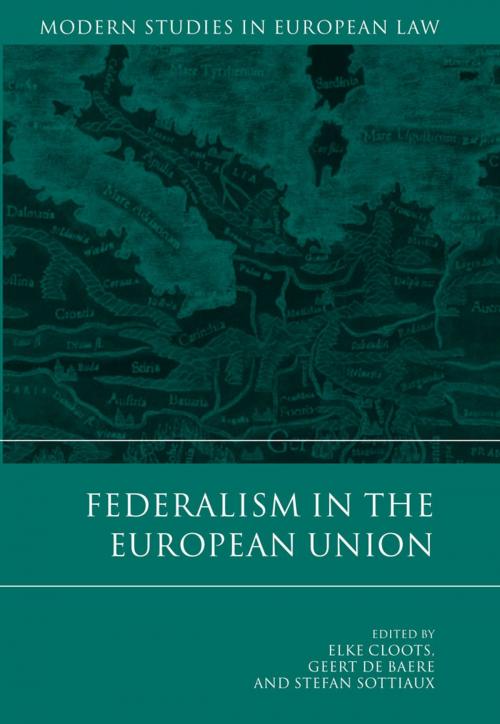| Author: | ISBN: | 9781847319982 | |
| Publisher: | Bloomsbury Publishing | Publication: | September 3, 2012 |
| Imprint: | Hart Publishing | Language: | English |
| Author: | |
| ISBN: | 9781847319982 |
| Publisher: | Bloomsbury Publishing |
| Publication: | September 3, 2012 |
| Imprint: | Hart Publishing |
| Language: | English |
This edited volume aims to reveal the Janus-faced character of federalism in the European Union. Federalism appears in two main forms in the EU. On the one hand, numerous formerly unitary Member States have embarked on a path towards a (quasi-)federal governance structure. On the other hand, the EU itself is sometimes qualified as a federal system. Significantly, the concept of federalism has a very different, even opposite, connotation in both contexts. When associated with Member State reform, federalism is regarded as a technique for accommodating autonomy claims of sub-state nations. By contrast, when federalism is used as a label for the EU itself, it is conceived as a far-reaching way of integrating the nations of Europe. This dual appearance of federalism in the EU context is central to the structure of the book. The first collection of essays addresses the question whether the EU may be described as a federal system, and whether it can learn from existing federations. In the second set of contributions, the attention shifts to domestic federalisation processes, more particularly to the impact of these processes on EU law and vice versa.
This edited volume aims to reveal the Janus-faced character of federalism in the European Union. Federalism appears in two main forms in the EU. On the one hand, numerous formerly unitary Member States have embarked on a path towards a (quasi-)federal governance structure. On the other hand, the EU itself is sometimes qualified as a federal system. Significantly, the concept of federalism has a very different, even opposite, connotation in both contexts. When associated with Member State reform, federalism is regarded as a technique for accommodating autonomy claims of sub-state nations. By contrast, when federalism is used as a label for the EU itself, it is conceived as a far-reaching way of integrating the nations of Europe. This dual appearance of federalism in the EU context is central to the structure of the book. The first collection of essays addresses the question whether the EU may be described as a federal system, and whether it can learn from existing federations. In the second set of contributions, the attention shifts to domestic federalisation processes, more particularly to the impact of these processes on EU law and vice versa.















